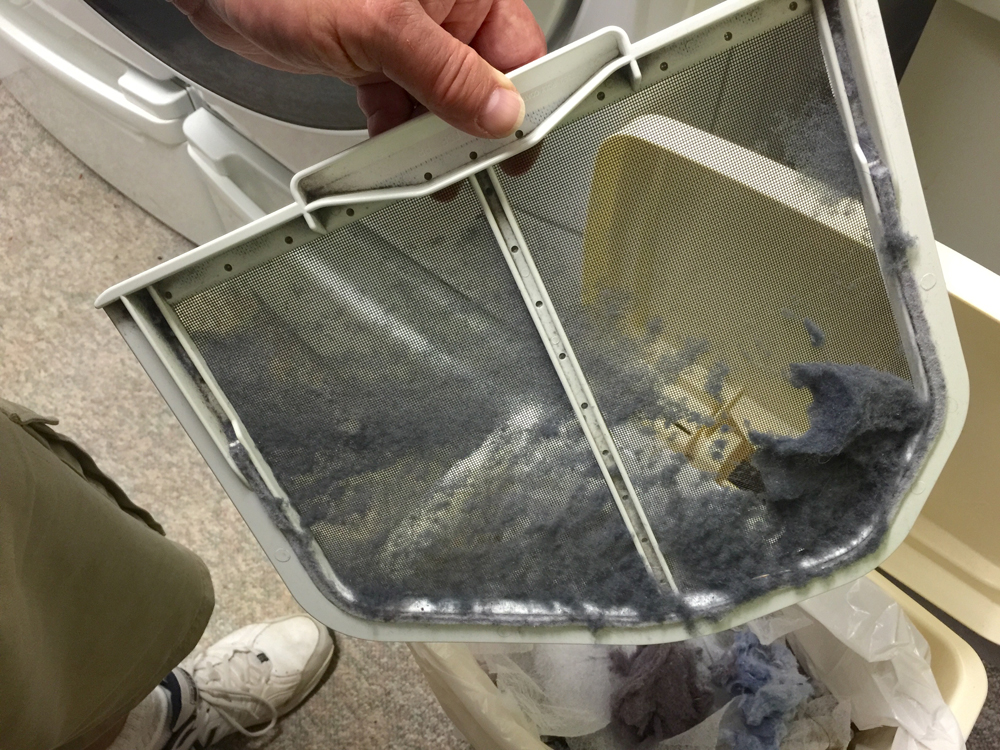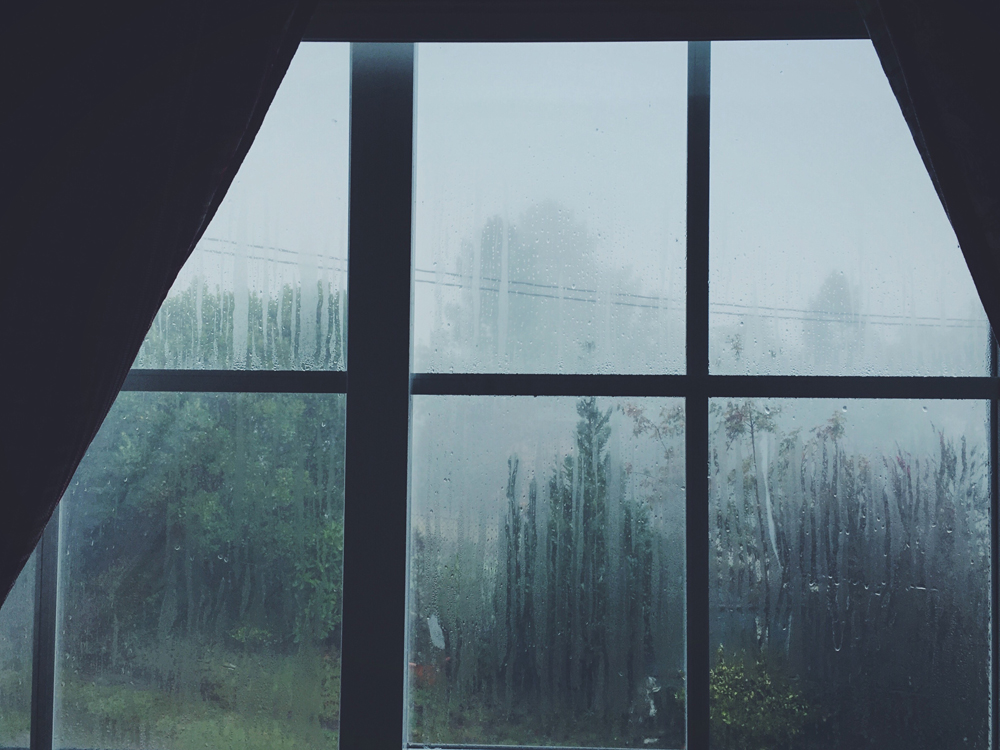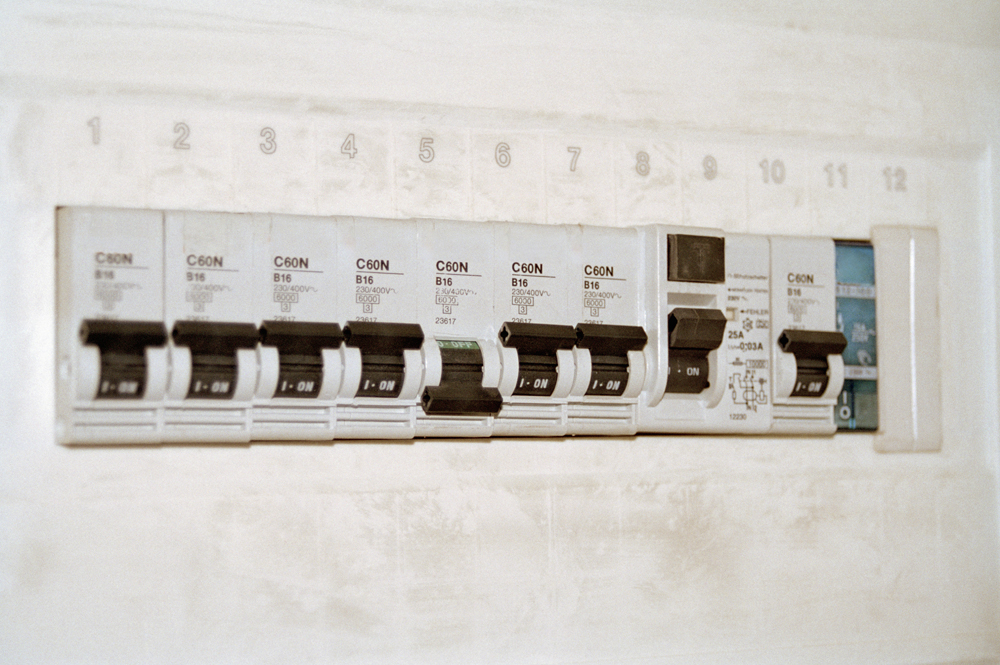Buying a house is considered one of the most significant purchases you will make in your lifetime and there is so much to think about – the move itself, changing billing addresses, unpacking, setting up new accounts and even getting used to the sounds that your new home makes. In short, it’s far too easy to forget the importance of getting acquainted with your new home. Much like going on a first date, it’s important to ask the right questions. Here is a list of essential things you should know before hopping into bed in your new SFH (single-family-home).
Brian McCourt is a contractor, design expert and co-host of HGTV Canada’s Backyard Builds.

1. Finding the Main Water Shut-Off Valve
Although many homes have separate shut-off valves for each area (kitchen sink, toilet, laundry room, etc.) knowing where your main shut-off valve is important in case of emergency. If you use water from a municipal system, the main shut-off valve and water meter are located where the water company supply line enters your house, which is generally found along the foundation wall near your water heater. If you have well water supply, the valve will be near your storage tank. When you’ve sprung a leak, you definitely want to know where your main water shut-off is!

2. When and How to Change Your Furnace Filter
With so many options for brands and sizing, it’s easy to feel lost when trying to find the proper filter for your furnace. If your old filter doesn’t have the sizing information on it then you need to measure it so that you buy the right size. Once you know the proper size you then need to figure out the MERV. Furnace filters are rated using the minimum efficiency reporting value or MERV. The ratings range from one to 16 – meaning the higher the rating, the more particles the filter can remove. In general, a MERV rating between one and 11 is more than enough for the majority of homes. To err on the side of caution, however, you should check if your furnace manufacturer has a maximum MERV rating that your model of furnace can use. Filters should be changed approximately every three months, but during renovations your furnace is vulnerable due to dust and should be checked, cleaned or changed weekly.

3. How to Clear a Drain Trap
A lot of people run out to the hardware store and purchase harmful toxic chemicals to dump down the sink drain, which I have to strongly recommend against doing for both health and environmental reasons. The good news, however, is that you can clean out your drain trap in less time than it would have taken you to run to the hardware store anyway! The trap is the U-shaped portion of the drain that holds a small amount of water that essentially blocks gasses and vapors from entering your home. In most cases, it’s just a matter of unscrewing the clamps on either side and removing the trap itself to clean it. (I would recommend shutting the water off, just in case). A quick YouTube tutorial can walk you through the entire process.

4. Make Sure Your Fire Alarm is Working
This is something we all know how to do, but it often gets missed. It involves an extremely unpleasant, piercing, high pitch scream – no wonder we aren’t as diligent as we should be. The scary part, though, is that residential fires account for 73 per cent of all fire-related fatalities in Canada. It’s recommended that you check the battery life (or back-up battery life) of your alarms once a month. If that seems excessive then at the very least, check all alarms when you turn the clocks back and when you spring forward. Don’t let burnt bacon be the only reason you think your smoke detectors are in fine order.

5. Clean Dryer Vents Can Still Cause Home Fires
Most people assume that if they clean their lint trap after each load of laundry then they’re safe from accidental fires. However, this is not the case. With each load, small particles manage to get passed the lint trap and build up in the venting system which can not only do damage to your dryer and result in higher electrical bills, but could potentially ignite a fire in your home. Warning signs to watch out for include: items that take longer to dry or are hotter than usual at the end of the cycle, an outside exhaust vent that does not open, the laundry room becomes humid or there’s the distinct scent of burning during the drying cycle. To clean the venting system you should vacuum out the lint trap with a long vacuum attachment, disconnect the dryer duct and clean out the inside or even replace the hose as well as the vacuum behind your dryer periodically.

6. Clean Gutters Before First Major Snowfall
Cleaning your gutters regularly is incredibly important as it will help prevent both water damage due to clogs and ice damming in the winter. If water gets clogged in your gutter due to leaves and various debris then ice will form in the winter and potentially damage your gutters. You can hire people to do this for you, but make sure they are trusted professionals and have the proper required safety equipment.

7. Caulk the Bathroom Shower and Wet Kitchen Areas
Speaking of avoiding water damage, your bathroom and kitchen are major areas to keep an eye on. Ensuring that the caulking is sealed properly and replaced when needed, is a necessary preventative task. When water consistently penetrates the layers behind your walls, you run the risk of rot and mold which could lead to an expensive renovation. Tip: Use painters tape on either side of your caulk line to get a professional-looking straight line (and don’t forget to remove the tape before the caulk dries!).

8. Inspect Exterior Window Seals
Your window and door maintenance are pertinent to keeping your home safe and to help save money. Over time, the seal between the window/door frame and the brick/siding will gradually deteriorate. Doing an annual exterior inspection to see if repairs or replacements are needed will save you money and effort in the long run. If you notice moisture on the inside of the frames, then it’s unfortunately too late. The repair process is much more involved at this point and will likely involve opening up the wall and replacing sections of framing, insulation and drywall, as well as a replacement for the exterior seal.

9. Know How to Reset a GFI
What is a GFI? Well, it stands for Ground Fault Interrupter and it helps prevent electrocution by cutting the power before any serious injury occurs. Due to this ability, GFI’s are usually installed wherever power is required that may come in contact with water, such as bathrooms and kitchens. If there is a power surge the GFI will trip and cut power to that outlet and any other outlets on the same circuit. To locate the outlet with the tripped GFI’s, look for the one that has a small button popped out. Simply push the button back into place to Reset. If it keeps tripping then you may need to call an electrician to further investigate the issue.

10. It’s Important to Label Your Electrical Panel
Simple home renovations don’t always require you to turn the power off, however, if you have to do it then it’s a much easier task when your electrical panel is clearly labeled. If not, you might need to phone a friend and tag team it by flipping breakers on and off in order to find the right location. Be specific when labeling your panel and have the person with the neatest penmanship do the writing. When calling in a professional it will also help you to save money as they won’t have to spend precious time figuring out which breaker they need to turn off.
HGTV your inbox.
By clicking "SIGN UP” you agree to receive emails from HGTV and accept Corus' Terms of Use and Corus' Privacy Policy.




